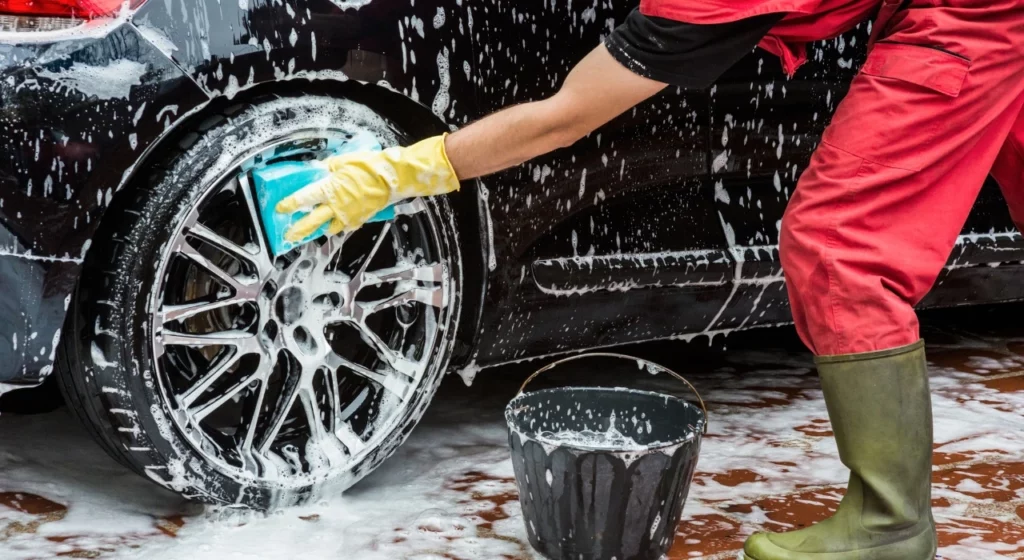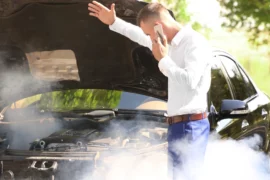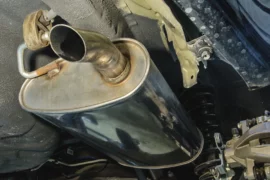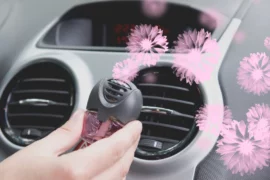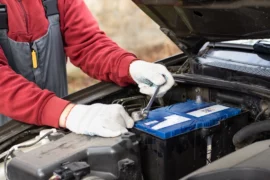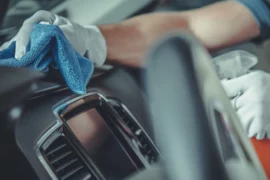Washing your car at home appears easy: water, soap, sponge, rinse. Many car owners, however, actually damage the outside of their vehicle during a homemade wash. Though it might look pristine on the outside, swirl marks, scratches, or residue from incorrect methods could be there.
We have gathered the top seven often-made common DIY car wash mistakes to avoid so as to assist you in preserving the finish of your car and increasing its gleam. These recommendations will guarantee that your next car washing appointment is both efficient and vehicle-safe.
7 Common Car Washing Mistakes to Avoid at Home
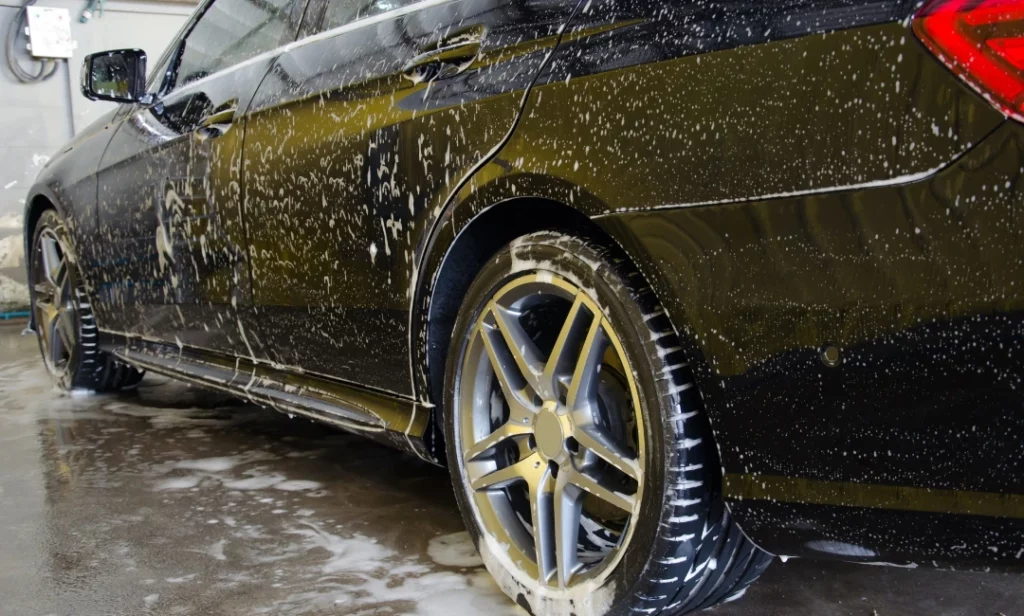
Washing your car at home can be rewarding, but it’s easy to make mistakes that harm your vehicle’s finish or waste your effort. Many car owners unknowingly use the wrong techniques or tools, leading to scratches, streaks, or water spots. To help you get it right, here are the top mistakes you should steer clear of during your next wash.
1. Using Dish Soap Instead of Car Shampoo
Particularly when you lack supplies, grabbing whatever soap is in your kitchen is very tempting. Dish soap, however, is meant to get rid of food and oil residue rather than automotive dirt.
- Dish soap removes vital wax and protective coatings from the paint of your car.
- Fading, oxidation, and greater susceptibility to the elements could follow over time.
- Choose a pH-balanced car shampoo for washing and designed expressly for automotive finishes to prevent such damage.
2. Washing Under Direct Sunlight
Though it appears like a quick-dry technique, washing your vehicle in the sun sometimes backfires. The heat dries water and soap more quickly, leaving unsightly stains and streaks.
- Water marks can corrode the clear coat, destroying the sleek appearance of your paint.
- Moreover, car cleaning solutions may dry too quickly to be effective, leaving a semi-clean car.
- Wash your automobile in the shade or during early morning or late evening hours for best results.
3. Using a Single Bucket for Washing and Rinsing
One of the most often ignored errors to avoid in car washing is using a single bucket for washing and rinsing. Your wash mitt allows you to move dirt and debris from the car directly back onto the surface using one bucket.
- This causes friction, which over time produces swirling marks and microscopic scrapes.
- Though not immediately apparent, these spots help make the car appear drab.
- Keep pollutants off your car’s paint using the two-bucket technique; one for soapy water and another for washing the mitt.
Suggestion: Find The Best Exterior Paints For Brown Interior Cars.
4. Using the Wrong Towels to Dry the Car
The drying stage is very important following a proper wash. Many car owners use old T-shirts, bath towels, or paper towels to dry their vehicles; these can harm the surface and leave lint behind.
- These materials have a texture not appropriate for fine automobile paint.
- Hairline scratches can result even from little particles stuck in coarse materials.
- Use a soft drying chamois or microfiber towels instead to dry the car streak-free and securely.
5. Ignoring the Wheels and Undercarriage
Neglecting the dirtiest areas of your vehicle, wheels, and underside will damage your paint while washing. Don’t ruin your paint while washing, even if the glossy exterior commands all of the attention. If left unattended, brake dust, road grime, and salt might gather and create corrosion.
- Cross-contamination must be avoided in these places by means of distinct instruments and cleaning agents.
- First, washing the body, then the tires, may move dangerous particles onto your paint.
- Tackle the wheels and underbody, then go to the surface of the car to maintain safety and cleanliness.
6. Skipping the Final Rinse or Improper Rinsing
Skipping the last rinse or doing it carelessly is a frequent but expensive error. On the surface, dried leftover soap, wax, or filth can streak or leave a residue.
- Improper rinsing leaves behind undesirable items, therefore negating the whole goal of a car wash.
- These residues will make your car’s finish duller and draw dust more quickly.
- Always rinse from top to bottom, utilizing a light water pressure to guarantee all soap is properly gone.
Related: Leaking Red Fluid From Your Car Don’t Ignore It Learn What To Do.
7. Not Applying Wax or Sealant Afterwards
Many vehicle owners forgo the last protection step after washing. Waxing acts as a protective shield against sun damage, pollution, and water stains in addition to being cosmetic.
- Not completing this phase exposes your vehicle to environmental damage.
- Furthermore, a proper wax coat will improve your car’s shine and simplify subsequent washing.
- To seal in the clean and protect the exterior of your car, apply wax or a sealant at least every few months.
Conclusion
Home automobile maintenance is a fantastic method to stay involved with servicing and save cash. However, falling into these often-made errors while DIY car washing can do more damage than benefit.
Understanding the errors to stay clear of when washing your car and investing in the right tools and methods helps you to keep your car looking like new for years to come. Recall, stay clear of these car cleaning errors, and your car will repay you with a long-lasting shine.
FAQ’s
1. Can I use household soap or shampoo for washing my car?
No, household soaps like dishwashing liquid can strip off wax and damage the paint. Car-specific shampoos that are mild but powerful are preferable. They maintain your car’s protective coating and ensure a streak-free, glossy finish.
2. Is it necessary to wax the car every time I wash it?
Waxing every two or three months provides gloss and protection, but not every time. It forms a barricade against dust, ultraviolet light, and water marks. Frequent waxing can also enhance the longevity of your car’s paintwork.
3. What’s the best time of day to wash my car at home?
Early morning or late evening would work best. These times allow cleaning chemicals to operate more efficiently by shielding against direct sunlight and thereby help to prevent water spots. Avoiding midday sun also reduces the risk of soap and water drying too quickly, leaving residue.
4. Are microfiber towels better for drying a car?
Yes, microfiber towels are more absorbent and softer, therefore lowering the risk of scratches. Compared to cotton or paper towels, they also leave fewer streaks. They’re also reusable and more eco-friendly when properly maintained.

